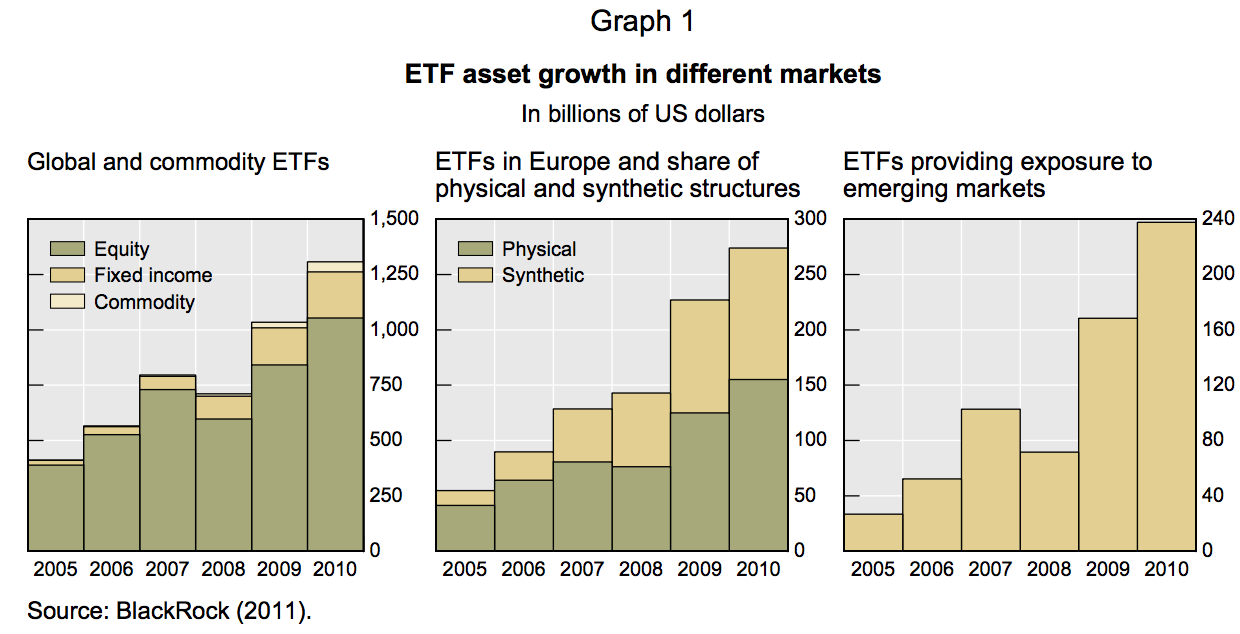Investing in airline stocks can be a lucrative endeavor, as the industry experiences periods of growth and profitability.
However, what if you believe that the airline industry is headed for a downturn?
Is there a way to profit from this prediction without directly short selling individual airline stocks? This is where inverse airline ETFs come into play.
In this article, we will delve into the world of inverse airline ETFs and explore their benefits and risks. We will uncover the mechanics behind their performance tracking and understand their inverse relationship with benchmark indexes. Specifically, we will take a closer look at the U.S.
Global Jets ETF (JETS), its composition, past performance, and volatility.
We will also discuss the potential advantages of investing in an inverse airline ETF for investors seeking downside protection or profit from market declines. However, it’s crucial to recognize the risks associated with these investments, including volatility amplification.
By the end of this article, you will have gained valuable insights into inverse airline ETFs and be equipped with key takeaways to consider if you are interested in incorporating them into your investment strategy.
So let’s dive in and explore this unique investment tool!
Understanding Inverse Airline ETFs
Inverse exchange-traded funds (ETFs) are financial instruments that provide investors with returns that move in the opposite direction of a specific index or sector. Instead of replicating the performance of an index, inverse ETFs aim to deliver returns that are inversely correlated.
For example, an inverse airline ETF generates positive returns when the overall performance of airlines declines.
Investing in airline ETFs, whether traditional or inverse, has its benefits and risks. Benefits include diversification, liquidity, and cost-effectiveness.
However, there are risks such as volatility in the airline industry, industry-specific challenges like changes in consumer behavior and competition from low-cost carriers, and general market risk.
Understanding these factors is crucial for making informed investment decisions. In the next section, we will explore how inverse airline ETFs work and delve deeper into their mechanics.
Understanding the Inverse Relationship: How Inverse Airline ETFs Work
Inverse airline ETFs offer investors the opportunity to profit from declining airline stocks. These ETFs achieve inverse returns by tracking their benchmark index through daily rebalancing and an inverse relationship.
Daily rebalancing ensures the fund remains aligned with its objective over short periods, while the inverse relationship means that as airline stocks decline, the ETF aims to generate positive returns.
It’s important to note that inverse ETFs are designed for short-term trading strategies and not suitable for long-term investments due to compounding effects.
Exploring the U.S. Global Jets ETF (JETS)
The U.S. Global Jets ETF (JETS) is a widely recognized exchange-traded fund that offers investors exposure to the airline industry in an inverse manner.
Designed to track the performance of the Dow Jones U.S. Airlines Index, JETS achieves this through a carefully constructed portfolio of derivative instruments, including futures contracts and options.
By utilizing these derivatives, JETS aims to provide daily returns that are inversely correlated to its underlying index. This means that when the airline industry experiences a decline, JETS has the potential to generate positive returns for its investors.
However, it’s important to note that JETS has historically exhibited significant volatility due to various factors affecting the airline industry. Fluctuations in oil prices, global economic conditions, and geopolitical events have all played a role in shaping JETS’ performance over time.
Before considering an investment in JETS or any other inverse airline ETF, it is crucial for investors to conduct a thorough analysis of historical performance data and consult with financial advisors or experts specializing in this area. This will help them gain a better understanding of JETS’ past performance and volatility characteristics.
Investing in an inverse airline ETF like JETS can provide opportunities for diversification and potential gains during periods of market downturns within the airline industry. However, it is vital for investors to carefully evaluate their risk tolerance and investment goals before making any decisions.
In summary, exploring the U.S. Global Jets ETF (JETS) allows investors to delve into an intriguing investment option that offers inverse exposure to the airline industry.
With its unique approach and potential benefits during market downturns, understanding JETS’ composition and analyzing its past performance can help investors make informed decisions about their investment strategies
Pros and Cons of Investing in an Inverse Airline ETF
Investing in an inverse airline ETF has both pros and cons that investors should consider. On the positive side, these ETFs can provide downside protection during a downturn in the airline industry, offsetting losses from other holdings. They also offer the opportunity to profit from market declines without short selling individual stocks.
However, there are risks to be aware of. Inverse airline ETFs can experience heightened volatility compared to their underlying index, amplifying price swings. Additionally, they are designed for short-term trading strategies and may not be suitable for long-term investments.
Assessing risk tolerance and consulting with financial professionals is crucial before making any investment decisions.
Key Takeaways for Investors Considering Inverse Airline ETFs
Before investing in inverse airline ETFs, consider the following factors:
- Set clear investment goals and assess your risk tolerance levels.
- Maintain a diversified portfolio to mitigate risks associated with any single investment.
- Stay informed about news and trends within the airline industry.
- Understand the mechanics of inverse ETFs and their potential deviations from long-term returns.
- Analyze expense ratios and trading costs associated with inverse airline ETFs.
By considering these key takeaways, investors can make informed decisions about incorporating inverse airline ETFs into their investment strategy. Consult with a financial advisor or conduct thorough research to ensure alignment with your individual investment objectives and risk tolerance levels.
Evaluating the Potential of Inverse Airline ETFs
Inverse airline ETFs provide a unique way to gain exposure to the performance of the airline industry in an inverse manner. These specialized funds can offer downside protection or profit opportunities during market declines. However, investors must understand the risks involved, such as volatility amplification and short-term focus.
It is important to evaluate investment goals, risk tolerance levels, and maintain a diversified portfolio when considering inverse airline ETFs. Consulting with financial professionals before making any investment decisions is always advisable.
[lyte id=’VttU3qi-sGA’]





